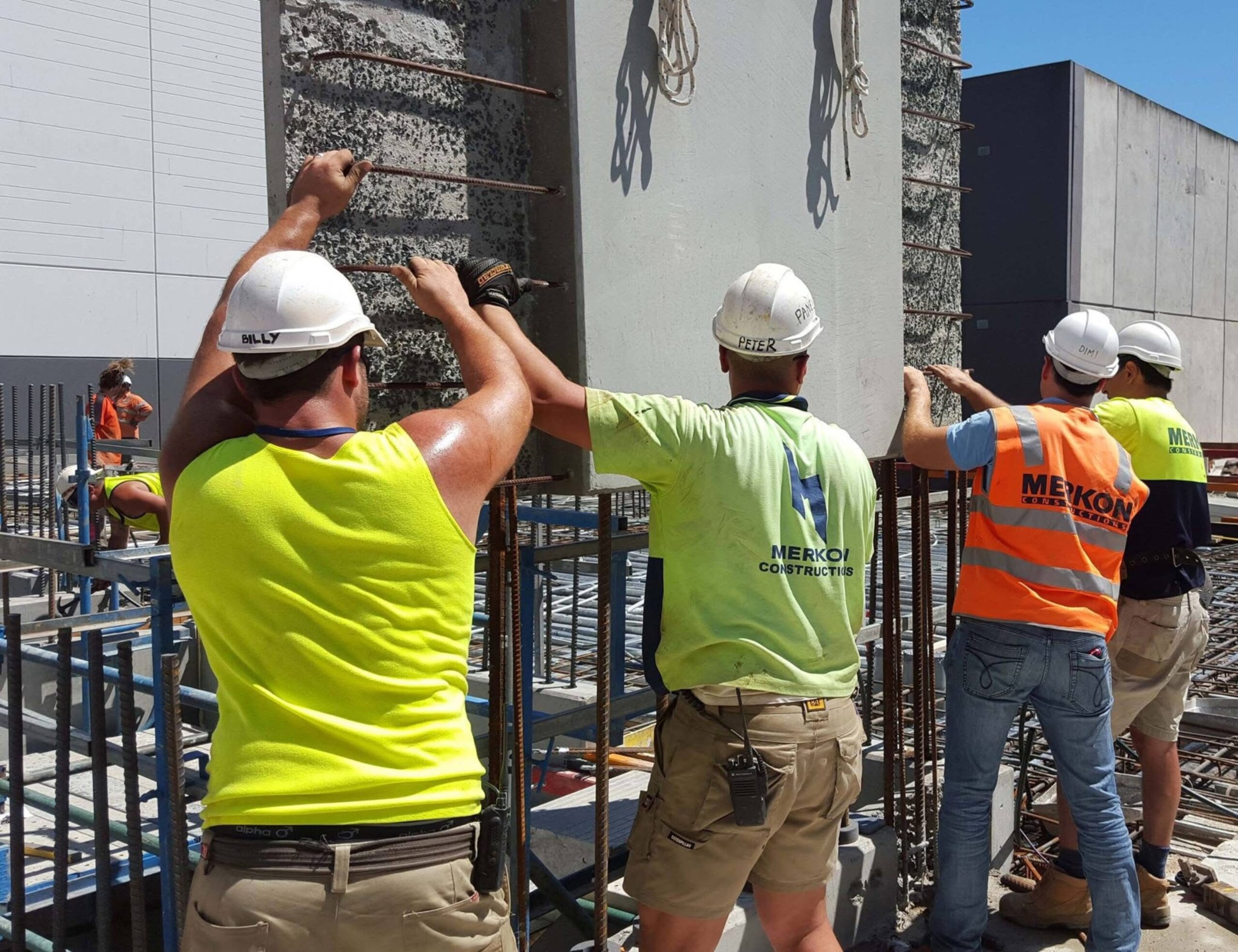Merkon Constructions Pty Ltd v Residence Co Pty Ltd [2025] VSC 151 (Merkon Constructions v Residence Company)
Introduction
In the recent case of Merkon Constructions v Residence Company, the Supreme Court of Victoria reaffirmed critical interpretation principles relevant to construction contracts. The Court clarified that neither breaches to the main contract in side deeds nor signatures on certificates of practical completion (by themselves) automatically extinguish a builder’s right to recover outstanding debts. The decision underscores the importance of precise contract drafting and the limited scope of estoppel arguments in payment disputes.
Background
Merkon Constructions (the Builder) entered into a $28.8 million contract with Residence Company (the Developer) to construct a residential apartment building. The Developer entered into the following side contracts in chronological order:
- A loan facility agreement with Monland Pty Ltd (the Lender), secured by a mortgage over the property, to finance the project.
- A builder’s side deed with the Builder and Lender. The side deed contained provisions that prohibited the Builder from taking or maintaining any security interest over the project without the Lender’s consent.
- A deed of variation with the Builder and Lender. The deed of variation increased the contract sum from $28.8 million to $37 million. Furthermore, the deed provided that the Developer would execute and provide the Builder with an executed mortgage over the property in breach of the side deed.
- A second deed of variation with only the Builder. The second deed largely replaced the first deed. It maintained that the Developer would provide the Builder with an executed mortgage.
Relevantly, the Builder also signed a certificate of practical completion, which confirmed that “all certified money … has been settled in full” between the parties.
Following project completion, the Builder claimed $2.44 million in unpaid amounts. The Developer rejected the Builder’s claim, arguing that:
- The second deed was entered into in breach of the side deed’s restrictions on the Builder’s ability to take security and, thus, constitutes an illegal contract.
- The Builder should be estopped from claiming further payments after signing the certificate of practical completion, which acknowledged that all certified money had been settled in full between the parties.
Illegality Defence Rejected
Illegality is a highly complex area of contract law. A contract can be considered ‘illegal’ in many ways. Here, the Developer argued that the second deed was illegal because it breached the side deed. Specifically, while the second deed promised the Builder an executed mortgage over the property, the side deed prohibited the Builder from taking or maintaining any security interest over the project without the Lender’s consent.
The Court rejected this defence, holding that a contractual breach does not necessarily mean illegality. Breaching a contractual obligation (even intentionally) does not automatically render a subsequent contract illegal unless it involves a legal wrong. For example, a contract which involves the commission of a legal wrong is illegal if entered into with the intent to commit the wrong, such as murder. However, the mere fact that entry into one contract may give rise to a breach of another contract does not amount to an intention to commit a legal wrong in the relevant sense.
Estoppel Defence Rejected
The Developer claimed that the Builder’s signature on the final certificate represented that no further amounts were outstanding. Therefore, the Builder should be estopped from claiming any additional amounts.
The Court also rejected this defence. It held that the certificate only confirmed that certified amounts (e.g., progress payments) were settled, not that all debts were extinguished. The Builder’s signature on the final certificate only acknowledged that all amounts certified by the superintendent had been paid in full. It was shown through the conduct of both the Builder and the Developer that they acknowledged the existence of outstanding amounts.
Additionally, the Developer did not plead, nor provide evidence of, any detriment suffered as a result of the alleged representation. Notably, the Court held that such a defence may have been available to the Lender had the Lender brought a suit against the Builder and suffered the relevant detriment.
Takeaways
- Illegality defences are limited: Breaches of financing side deeds rarely invalidate construction contracts unless tied to fraud or statutory breaches. A contract is not rendered unenforceable merely because it breaches a separate agreement, absent intent to commit a legal wrong of the relevant kind.
- Final certificates are not blanket releases: Signing a final certificate confirming settlement of “certified” amounts does not estop a party from claiming uncertified or separately acknowledged debts.
This case reinforces that courts will interpret claims for outstanding debts strictly according to the contract’s wording.
Builders can take comfort in knowing that side contracts, such as financing deeds, are unlikely to undermine otherwise valid claims.
For developers, the decision highlights the importance of drafting clear and unambiguous limitations on payment. For both parties, the key takeaway is simple: if you intend a clause to serve as a release or limit recourse, say so explicitly.
More Information
Have questions or need advice? Contact the team at Construction Legal.
Click here to download article.
























